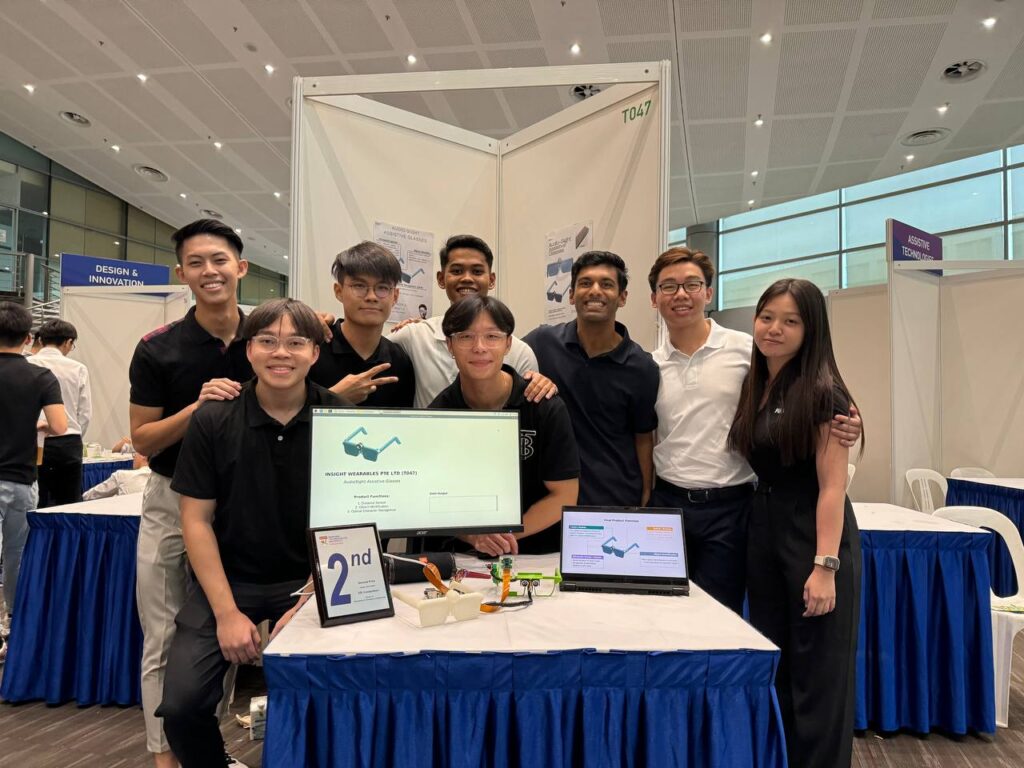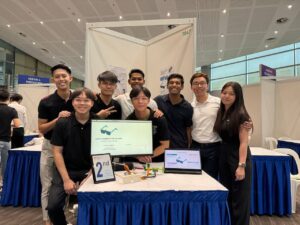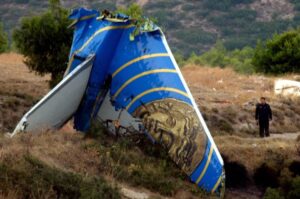My Thoughts On the Engineering Innovation and Design Competition
Participating in the EID competition was an invaluable experience that allowed me to apply theoretical knowledge to real-world challenges. As a leader of a diverse team, I navigated the complexities of managing a large group, balancing technical and interpersonal responsibilities. The competition’s objective: identifying a problem, creating a solution, and executing it effectively, provided a perfect platform for emerging engineers like us to showcase our skills.
Despite initial apprehensions about the responsibilities entrusted to me, this journey bolstered my confidence, honed my leadership abilities, and reinforced the importance of collaboration and adaptability in achieving success. Being a group leader for such projects is not easy, especially with a team of nine members. Prior to this project, I mainly work in groups of 3-5. Right from the start, I anticipated several challenges, including managing the workload distribution and ensuring that everyone had a fair opportunity to contribute.
Collaboration and teamwork
We utilized various tools like Microsoft Whiteboard, Teams, Google Docs, and Telegram to facilitate collaboration. Given the size of our group, coordinating meetings that fit everyone’s schedules was impractical. Therefore, I adopted a flexible approach to attendance, trusting my teammates to participate and contribute when they could.
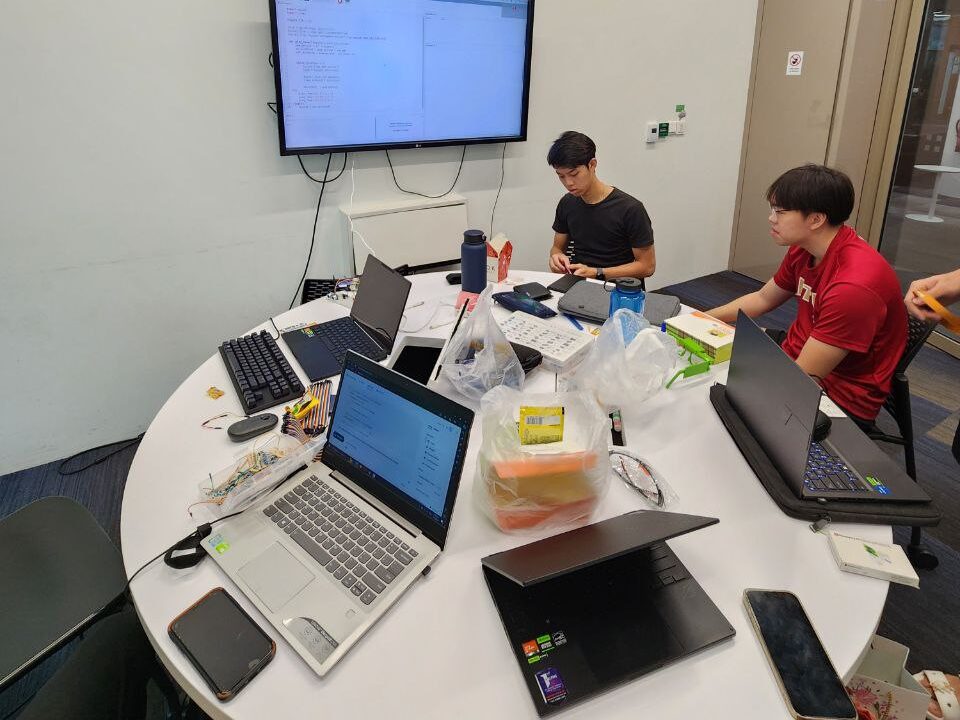
To streamline our efforts, I divided the team into two subgroups: the design team and the research team. The design team focused on planning, designing, and prototyping, while the research team handled the business proposal, finances, logistics, and research.
I was grateful for the dedication and hard work of my team members. The research team completed most of their tasks in the first half of the project, freeing them to assist the design team as the submission deadline approached. This collaboration was crucial to our success.
As the leader, I actively participated in both subgroups, ensuring everything stayed on track and contributing my fair share of work as a team member of both subgroups. Balancing leadership responsibilities with hands-on involvement allowed me to guide the project effectively while fostering a sense of teamwork and mutual support among all members.
Mistakes i’ve made
Being a group leader was a significant learning experience, and I made several mistakes along the way. One major issue was being overly ambitious at times. My enthusiasm led me to propose ideas that did not fit within our budget or the given time constraints. This often made the team feel like we were doing more than what was asked of us, causing unnecessary stress. Despite these challenges, I firmly believe in exceeding expectations in everything we do. Perhaps this mindset contributed to our eventual success, securing a win in the first place and making the extra effort worthwhile.
Another mistake involved purchasing the wrong hardware. We bought Raspberry Pi 5 instead of Raspberry Pi 4, without conducting thorough research beforehand. We assumed that buying the latest model would be the best decision, given that it was the newest version. However, we quickly discovered that the Raspberry Pi 5 was so new that most of the libraries compatible with Raspberry Pi 4 did not work with it. This required us to hardcode much of the program from scratch, adding unforeseen complexity to our project. There are times where we wanted to give up using the Pi 5 platform as everything was too new that we didnt had any references to assists us in this project. However, with everyone’s contribution and patience, we were able to complete the code that secured the win.
Overcoming challenges
During the project, we faced a significant challenge when we purchased the Raspberry Pi 5 without realizing that many of the libraries compatible with the Raspberry Pi 4 were not supported. This was particularly daunting as it meant that much of our initial coding work needed to be redone from scratch.
To adapt, I quickly gathered my team for a brainstorming session to identify alternative solutions. We decided to delve into the latest documentation and forums to find workarounds or new libraries that could support the Raspberry Pi 5. I also reached out to online communities and experts to seek advice.

This approach not only helped us find some viable alternatives but also enabled us to rewrite parts of the code more efficiently. We managed to stay on track and even enhanced some of our functionalities, leading to a more robust final product. This experience underscored the importance of flexibility and resourcefulness in problem-solving.
Communication
Effective communication was a cornerstone of our project’s success.
I kept our mentors updated weekly via Teams. Although we had mentors to guide us, we consciously decided not to depend on them excessively. Instead, we updated them regularly to keep them in the loop and gather their feedback at key stages—particularly after the brainstorming and middle stages. This approach allowed us to maintain our autonomy while benefiting from their insights when it mattered most.
After each team meeting, I meticulously took notes and sent them to the entire group. This practice ensured that everyone was aware of the latest developments and decisions, which was especially helpful for members who couldn’t attend the meetings. This documentation included action items, deadlines, and any changes to our project plan, promoting transparency and accountability within the team. Meeting notes, decision logs, progress reports, and detailed explanations of technical processes are also sent to the group chat. This practice ensured that all team members had access to the necessary information to stay informed and contribute effectively.
Throughout the entire process, I encouraged open communication and created a collaborative environment where team members and mentors could voice their opinions and suggestions. We conducted interactive feedback sessions after key project milestones, allowing us to refine our approach based on collective input. This not only improved our project outcomes but also ensured that everyone felt involved, and their opinions valued.
Reflecting on Errors: Leadership and Learning in the EID Competition
From this project, I gleaned several profound lessons that have enriched my understanding of leadership and teamwork. These experiences taught me valuable lessons about balancing ambition with practical constraints and the importance of thorough research before making decisions. Despite the setbacks, these challenges ultimately contributed to our growth and success as a team. Even though i was apprehensive in being the group leader at the start, I’ve come to realize that this experience taught me the importance of assuming responsibility with diligence and striving to uphold the trust my teammates placed in me.
Importance of Flexibility and Effective Communication
Flexibility emerged as another critical lesson. Project plans often needed adjustments due to unforeseen challenges or feedback. Learning to adapt our approach without losing sight of our goals was crucial. It taught me resilience and the ability to pivot strategies while maintaining team morale and momentum. Effective communication played a pivotal role throughout the project. I honed my skills in articulating ideas clearly, delegating tasks efficiently, and actively listening to and integrating diverse perspectives from my team. This fostered a collaborative environment where everyone felt valued and understood.
The Role of Accountability
Being a flexible leader has always been important to me, and this experience solidified my beliefs about effective leadership. A flexible leader is empathetic, understanding that people have other responsibilities and commitments. I learned to trust my team members to manage their own time and recognized that while they might not attend all meetings, they would contribute quality work when they could. However, it was equally crucial that every member contributed their fair share of work. As a leader, part of my responsibility was to address any concerns if a team member was not fulfilling their responsibilities effectively. This ensured accountability and upheld the standards of our team’s commitment to achieving our goals together.
Balancing Ambition with Practicality
Navigating the balance between ambition and practicality was also key. While ambition drives innovation, I learned the importance of aligning it with realistic expectations, considering factors like budget and time constraints. Our misstep in purchasing the wrong hardware underscored the necessity of thorough research and informed decision-making. It highlighted the repercussions of overlooking crucial details and reinforced the value of meticulous planning.
Team Collaboration and Division of Labor
Moreover, teamwork and collaboration were instrumental in our success. By dividing tasks based on individual strengths and expertise, we maximized efficiency and creativity. This approach not only enhanced our productivity but also cultivated a sense of camaraderie and mutual support among team members. Holding ourselves and each other accountable ensured that everyone contributed their fair share, reinforcing our commitment to achieving excellence collectively.
Final Thoughts
In retrospect, this project was a profound learning journey that deepened my appreciation for effective leadership, adaptable teamwork, and strategic decision-making. These lessons will undoubtedly guide me in future endeavors, equipping me with invaluable skills to navigate challenges and drive meaningful outcomes in collaborative settings.
In addition, this project honed my abilities as a young and emerging engineer. It provided an invaluable opportunity to apply what I had learned in class to a practical context, demonstrating that I am well-equipped with both theoretical and practical knowledge. Through this hands-on experience, I was able to bridge the gap between academic concepts and real-world application, proving my capability to solve complex problems and deliver effective solutions.
This practical exposure has not only strengthened my engineering skills but also boosted my confidence in my ability to contribute meaningfully to future projects. This competition has broadened my horizons and I look forward to leading and working on many similar projects in the future.
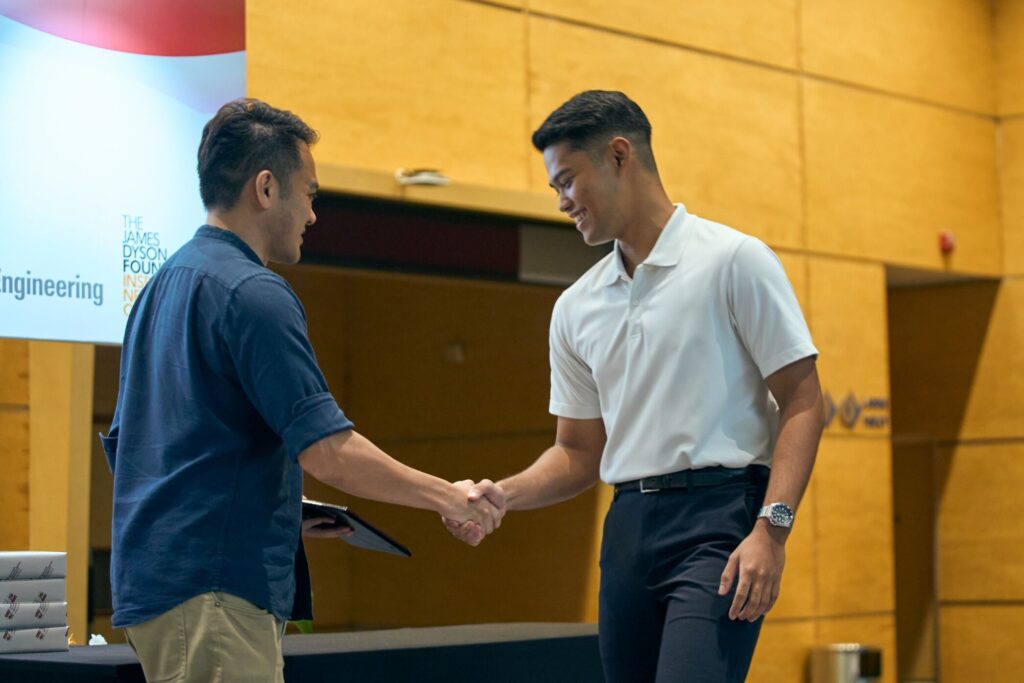
A message to fellow competitors and groupmates
I extend my heartfelt congratulations to the team that won first prize. You have put in the hard work and deserve the award for the innovative product you have come up with.
I want to thank my incredible teammates. Your dedication, creativity, and unwavering support were instrumental in our success. Together, we have not only achieved great things but also forged a path for continued growth and innovation.
Indra

